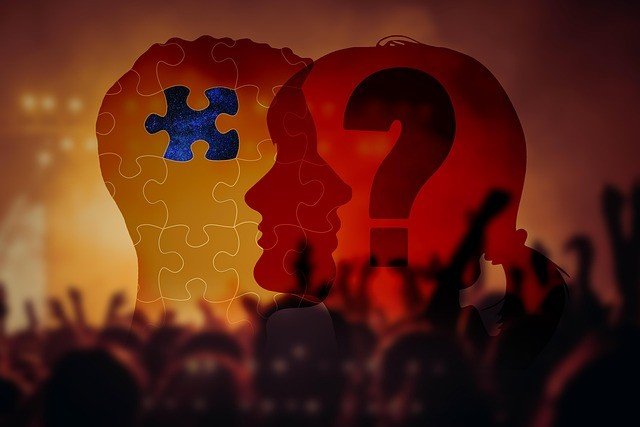Artificial intelligence (AI) chatbots now routinely boast emotion-aware features, promising empathetic conversations and emotionally attuned support. While these advances seem promising for applications from digital companionship to mental health care, emotion recognition in AI is far from flawless. Understanding the main limitations of this technology is crucial for users and developers alike. Here’s an in-depth look at the key challenges and where the technology still falls short.
1. Surface-Level Understanding of Emotions
AI chatbots excel at identifying basic emotions—such as happiness, sadness, or anger—by analyzing text patterns or, increasingly, voice and facial cues. However, they fundamentally lack the human capacity to “feel” or comprehend the rich, nuanced layers of emotional expression. Contextual subtleties, like sarcasm, bittersweet nostalgia, or cultural idioms, often go unnoticed or are misinterpreted, resulting in responses that feel generic or slightly unnatural.

2. Reliance on Limited Data Modalities
Emotion recognition is most accurate when multiple data types—text, voice, facial expressions—are analyzed together. Yet, many chatbots rely primarily or exclusively on text input, missing important non-verbal cues such as vocal tone or facial expressions that play a critical role in real-life emotional communication. Integrating these modalities poses significant technical complexity and computational demand, often restricting implementation in mobile and resource-limited environments.
3. Cultural and Personal Biases
AI systems learn from the data they are trained on. If training datasets are skewed toward certain cultures, demographics, or language patterns, emotion detection models can misinterpret or overlook the emotional expressions of underrepresented groups. This leads to biased or inappropriate responses, undermining trust and inclusivity in digital interactions.
4. Lack of Authentic Emotional Insight
Unlike humans, AI chatbots do not actually experience emotions; they simulate empathy based on pre-programmed or learned patterns. While this can be comforting, it ultimately lacks true depth, spontaneity, and understanding. Responses are sometimes overly polite, formulaic, or repetitive, revealing the system’s underlying artificiality and its inability to build emotional continuity over long-term conversations.
5. Privacy and Ethical Concerns
Emotion recognition often involves analyzing sensitive personal data—such as speech tone, facial micro-expressions, or even physiological signals. Improper handling or misinterpretation of this information raises significant privacy concerns. Users may be wary of emotional exploitation, manipulation, or data breaches, which could result in emotional distress or misuse of personal insights.
6. Real-Time Application Constraints
Deploying emotion recognition in real time requires rapid data processing and highly optimized algorithms. Balancing accuracy with real-time response, especially when multiple modalities are used, remains a challenge due to high computational resource requirements.
Conclusion
Despite rapid progress, emotion recognition in AI chatbots remains a work in progress. While current systems offer valuable support and companionship, their ability to interpret complex, nuanced emotions is limited. Cultural bias, technical barriers, privacy risks, and the innate lack of genuine emotional understanding all restrict the realism and reliability of AI-driven emotional interactions.
For those exploring digital relationships or seeking emotionally intelligent AI companions, such as through a reputable ai gf platform, it’s essential to recognize these systems as sophisticated simulations—helpful but not replacements for authentic human empathy. As technology evolves, so too will the quest for more context-aware, fair, and emotionally intelligent AI.